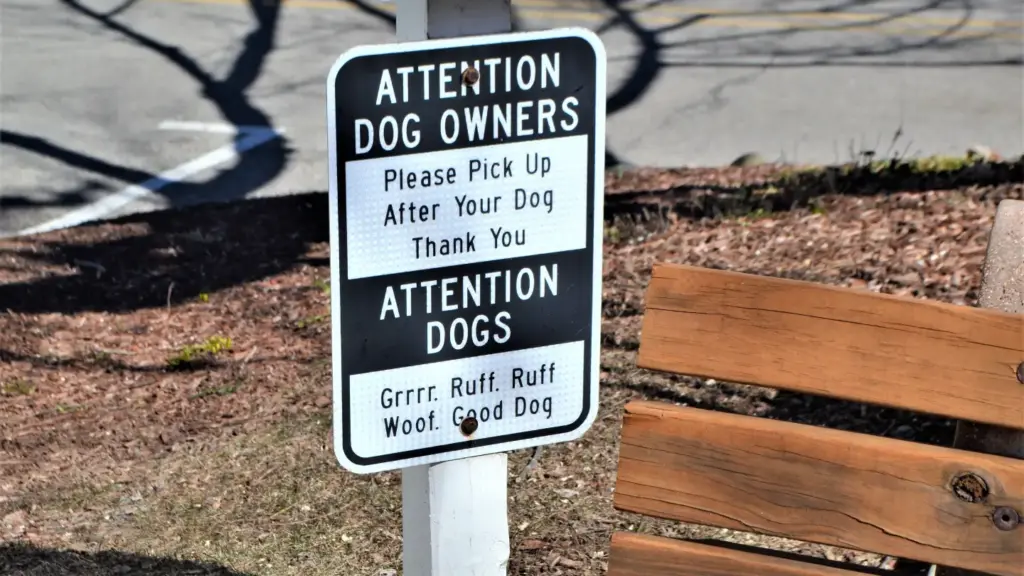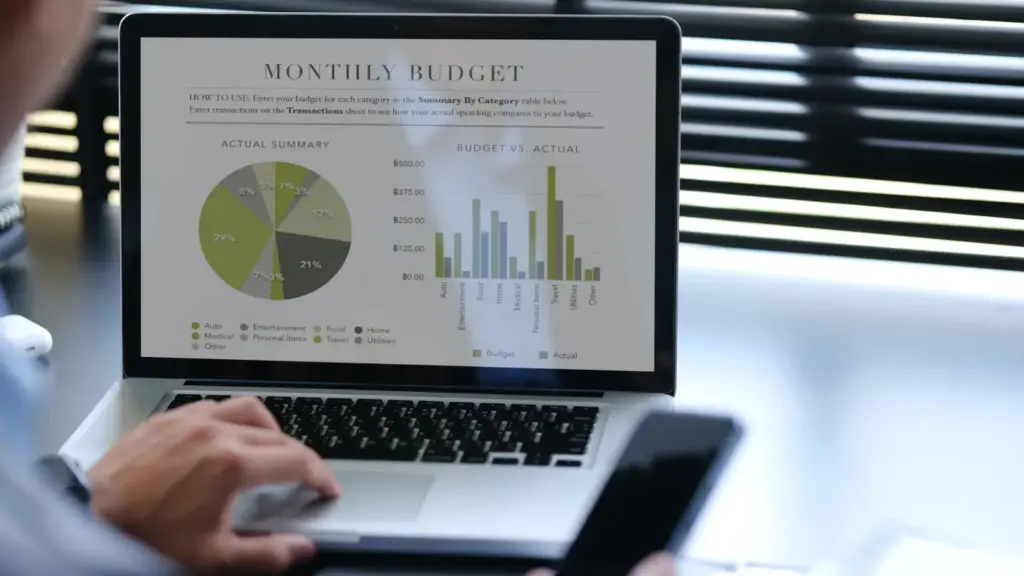Managing municipal parks comes with countless responsibilities, but commercial dog waste bag procurement shouldn’t be one that keeps you up at night. Yet every month, park directors across the country watch their dog waste management budgets creep higher without understanding why.
You’re not alone. While your residents enjoy clean, dog-friendly parks, hidden inefficiencies in your dog waste management system may be quietly draining your budget. This is money that could fund new playground equipment, trail improvements, or additional maintenance staff.
Municipal parks departments have discovered that optimizing their dog waste management approach can reduce annual costs by 20-35%, transforming a $25,000 expense into a more manageable $15,000 one.
Sign #1: emergency orders are draining your budget
The situation: It’s Thursday afternoon. Your maintenance crew calls: “We’re out of bags at Riverside Park again.”
Emergency procurement isn’t just inconvenient, it’s expensive. When procurement workflows are manual or poorly defined, delays and emergency orders lead to missed savings, rush shipping costs, and unnecessary administrative expenses.1 Rush orders eliminate your ability to obtain bulk pricing and add premium shipping costs.
What this costs:
- Premium shipping fees (frequently $50-$150 per rush order)
- Higher per-unit costs from smaller order quantities
- Staff time coordinating emergency deliveries
- Potential overtime for weekend installations
The reality: Emergency orders can add thousands of dollars annually to your department’s expenses. This is money that belongs in your parks in the form of a new park bench or trail signage, not in expedited shipping.
Sign #2: procurement is consuming valuable staff time
The problem: Your parks supervisor spent six hours last month coordinating quotes from multiple vendors, comparing pricing, and processing purchase orders. All of this for routine dog waste bag supplies.
When procurement becomes complicated, you’re paying twice: once in direct costs and again in opportunity cost. According to the U.S. Bureau of Labor Statistics, the median annual wage for entertainment and recreation managers (which includes park managers) was $77,180 in May 2024.2 This translates to approximately $37 per hour. Every hour spend managing routine supplies is an hour not spent on strategic park improvements, community engagement, or addressing more complex maintenance challenges.
What this really means:
- Manager time at $35-$40+ per hour spent on routine ordering
- Administrative processing delays affecting park operations
- Multiple vendor coordination creating unnecessary complexity
- Budget uncertainty from inconsistent pricing
The standard: If you’re spending more than 30 minutes monthly managing dog waste bag procurement, your system needs optimization.
Sign #3: hidden fees are breaking your budget
The frustration: You budgeted $1,200 for dog waste bags this quarter. The invoice arrives: $1,847. The difference? Unexpected shipping costs, handling fees, and undisclosed price adjustments.
Hidden costs destroy municipal budgets. Procurement experts consistently identify several categories of hidden expenses that undermine budgets: administrative fees, fuel surcharges (typically 3-8% of order total), handling fees, storage costs, and price fluctuations that go unchallenged.3 These charges may seem minor individually, but they accumulate significantly over time.
Common hidden costs include:
- Fuel surcharges and delivery fees
- Handling fees per shipment
- Delivery minimums forcing larger orders
- Price adjustments without advance notice
The impact: Municipal parks departments using suppliers without transparent, all-inclusive pricing typically experience budget overruns on recurring supply expenses, with costs often exceeding initial projections by significant margins.4

Sign #4: empty dispensers equal community problems
The scenario: Three residents appear at your city council meeting, all complaining about empty dog waste dispensers at your most popular parks. Each complaint represents more than resident dissatisfaction, it signals system failure.
Empty dispensers create cascading problems: frustrated residents, increased cleanup requirements, potential health department concerns, and damage community satisfactions. According to research by the National Recreation and Park Association, park amenity maintenance quality directly correlates with community satisfaction scores.5 The costs multiply beyond the obvious:
- Staff time responding to complaints and coordinating solutions
- Emergency refill visits outside regular maintenance schedules
- Increased park cleanup from irresponsible dog owners without access to bags
- Declining community satisfaction metrics
- Potential health and safety concerns
The hidden cost: Addressing preventable service complaints consumes significant staff resources that could be better allocated to strategic park improvements.
Sign #5: cheapest price doesn’t mean lowest cost
The trap: Your current supplier quotes bags at $0.04 each. A competitor offers $0.035. You switch to save money. Six months later, your total costs are higher than before.
This is a classic example of false economy. Procurement cost analysis methodology emphasizes evaluating Total Cost of Ownership (TCO), which goes beyond purchase price to capture every cost driver across the procurement lifecycle.6 Selecting vendors based solely on price often leads to issues such as product quality defects, unreliable delivery schedules, and hidden fees that inflate total expenses.7
Why this happens:
- Inferior bags tear, leading to double usage and resident complaints
- Poor packaging requires more frequent reordering
- Unreliable suppliers cause procurement disruptions and emergency orders
- Absent customer service means unresolved problems waste staff time
The reality: Government procurement best practices emphasize evaluating total cost of ownership, which includes: product quality, shipping reliability, customer service, and your staff’s time. Municipal parks departments reduce overall costs by focusing on value rather than unit price alone.

The solution: strategic municipal dog waste management
Efficient municipal dog waste management delivers three critical outcomes:
Predictable budgets: You know exactly what you’ll spend each month, with transparent pricing and no surprise fees or hidden charges. Budget predictability is a top priority for municipal procurement managers.
Simplified operations: One vendor relationship, streamlined ordering, and NET 30 payment terms that align with municipal budget cycles free your staff for more important work.
Reliable service: Quality bags that perform as expected, automatic restocking that prevents empty dispensers, and responsive customer service that solves problems quickly.
Calculate your true costs
Most municipal managers are surprised when they calculate their total dog waste management costs, including:
- Product costs (bags and dispensers)
- Shipping and handling fees
- Staff time for procurement and emergency orders (valued at $35-$40+ per hour for park managers)2
- Response costs for resident complaints
- Cleanup costs from system failures
Understanding the complete cost picture, including both direct and indirect expenses, is essential for accurate budgeting and informed decision-making.8
Take control of your dog waste management
If you recognized your department in any of these five signs, you have an opportunity to optimize. Municipal parks departments nationwide have reduced their dog waste management costs while improving service quality, without sacrificing the clean parks your community deserves.
Next steps:
- Audit your current costs: Calculate all expenses including bags, shipping, staff time, and emergency orders
- Calculate your true per-bag cost: Include hidden fees, administrative time, and system failure costs
- Evaluate strategic suppliers: Compare total cost of ownership, not just unit prices
Your community deserves clean parks. Your budget deserves predictability. Your staff deserves to focus on strategic park management, not emergency bag procurement.
Transform your municipal dog waste management from a budget drain into a streamlined operation.
Contact us today. Ruff Ruff Poop Bags helps municipalities optimize dog waste management while reducing costs. Our transparent pricing, NET 30 terms, and subscription delivery service have helped municipal parks departments save thousands annually while improving park cleanliness and community satisfaction.
References
- Cflow. (2024). “Procurement Costs: Understanding, Managing, and Reducing Expenses in the Procurement Lifecycle.” When procurement workflows are manual or poorly defined, delays in approvals and processing can lead to missed discounts, emergency purchases, and unnecessary administrative costs. https://www.cflowapps.com/procurement-costs/
- U.S. Bureau of Labor Statistics. (2024). “Entertainment and Recreation Managers: Occupational Outlook Handbook.” The median annual wage for entertainment and recreation managers was $77,180 in May 2024. https://www.bls.gov/ooh/management/entertainment-and-recreation-managers.htm
- Procurement Magazine. (2025). “Revealed: The Seven Hidden Costs in Procurement.” Hidden costs in procurement include administrative fees, excess inventory storage, logistics surcharges including fuel surcharges of 3-8% of order total, quality issues and supplier change penalties. https://procurementmag.com/procurement-strategy/seven-hidden-costs-in-procurement
- World Construction Today. (2025). “Hidden Procurement Costs & Strategies for Higher Profit.” Several categories of hidden expenses frequently undermine procurement budgets, including administrative fees, storage and handling costs, price fluctuations, and supplier change fees. https://www.worldconstructiontoday.com/news/hidden-procurement-costs-strategies-for-higher-profit/
- National Recreation and Park Association. (2022). Research indicates that park amenity maintenance quality directly correlates with community satisfaction scores and park usage patterns. https://www.nrpa.org/
- The Procurement Space. (2025). “How to approach cost analysis in Procurement.” Procurement cost analysis is a structured approach to identifying, assessing, and controlling expenses related to acquiring goods or services, going beyond initial purchase price to capture every cost driver across the procurement lifecycle including direct costs, indirect costs, lifecycle costs, and hidden costs. https://theprocurementspace.com/blog/post/how-to-approach-cost-analysis-in-procurement
- Cflow. (2024). “Procurement Costs.” Selecting vendors based solely on price often leads to issues such as product quality defects, unreliable delivery schedules, or hidden fees that inflate procurement expenses and impact downstream processes. https://www.cflowapps.com/procurement-costs/
- Spendflo. (2025). “6 Steps to Master Procurement Cost Analysis and Uncover Hidden Savings.” Understanding complete cost picture requires examining all direct and indirect costs associated with sourcing, buying, and managing goods and services to uncover hidden expenses and drive sustainable savings. https://www.spendflo.com/blog/procurement-cost-analysis


